Note: This blog post contains information related to and provide by a client of CTS Service Solutions.
With our webinar upcoming this week, Hassle-Free CX: Define, Design, and Deliver, I enjoyed getting to talk to Dawn Varghese of Agara Labs about the role conversational AI is playing in today’s customer support environment and what the near-term future looks like.
First, Sign Up for the Webinar: November 19, 2020
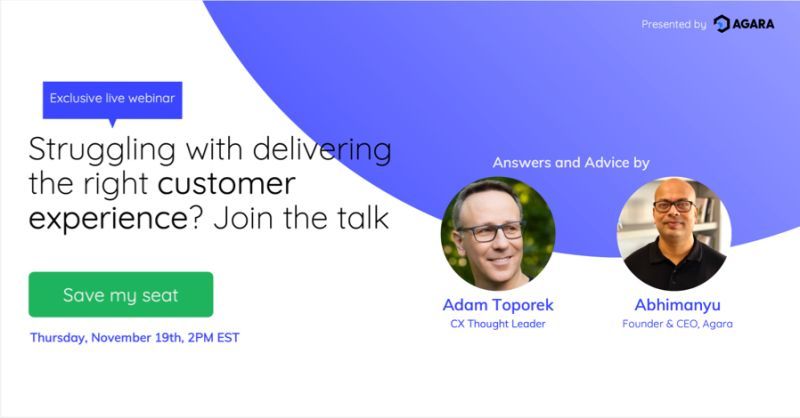
You can sign up at this link: https://agara.ai/hassle-free-cx-webinar/
An Interview with Dawn Varghese
Please tell us a little about the mission of Agara.
Agara is an autonomous voice engine powered by Real-time Voice AI designed to handle customer support calls without any human intervention.
Focused on improving customer experience in the banking and financial services sectors, among others, Agara conducts phone calls in a natural, conversational manner while providing instant responses 24×7.
Agara’s mission is to drive better customer experiences, and act as a platform that offers credible and robust self-service over voice, power natural human-like conversations, and in the process, drive significantly better operational efficiency.
With the current state of the technology, where does Conversational AI add the most value both to the customer and the company?
Currently, there has been a growing awareness about what conversational AI is, and what it brings to the table. While chatbots have got more acceptance and have played a major role in this, given the rise of advanced speech recognition technologies, voice bots are fast gaining traction to become the most chosen customer self-service tool.
However, the state of affairs with voice support till recently was not great. Users had to go through a fixed tree of options, press preassigned buttons, and speak very scripted flows.
The users were led by the bot or led by the IVR, rather than leading the conversation. The technology was not meant to drive autonomous human-like conversation but was just to have the first level of interaction before it was actually passed on to an agent.
Today, the technology has completely shifted, where the first layer of conversation has itself become intelligent in recognizing the need of the customer, irrespective of the situation they are in.
The conversations no longer need to be linear and can be completely accomplished with no human intervention whatsoever. In contrast to what it was, today autonomous voice bots are capable of delivering highly personal, contextual, and frictionless self-service in a natural human-like, intelligent way.
What are the typical concerns you’ve received from C-Suite decision makers about integrating AI into their customer support journey? How do you answer them?
This is where our data comes in, where we have a promise of actually not leaving the customer high and dry in any situation. It could be the fact that the customer doesn’t prefer to talk or engage with the bot. Or it could be the fact that we were not able to recognize what exactly the customer wants, or there may be an error on the customer part.
Sometimes these things are possible, in say one out 20 calls, because of the variables involved in voice; it could be the accent, it could be intonation, it could be the speed, volume, or a noisy environment.
And in those situations, we will transfer the call to an agent if the agent is available or capture certain critical information so that we make the information available to the agent when the agent is back to do a call-back.
The other common question that we often hear is how Agara as a voice AI solution can exist in conjunction with their critical IT and telephony systems. Customers also ask how long it takes for such integration. API availability is something that fast tracks our implementation because we don’t have to build it from scratch; typically, there are also concerns and questions around training because the understanding of customers, with what they have seen till now is the fact that they have to train the system for a long duration for the system to get intelligent.
However, with us, because we are purpose-built for high-velocity use cases, we either come with ready-to-use cases or with use cases that we identify with customers. But in either situation, we believe that our architecture is structured to drive the reusability of our conversation blocks or component-based architecture 60-70% of the time.
So, a date is a date, a mobile number is a mobile number, a credit card number is a credit card number for a retailer, or for an insurance company, or for a bank. We are able to reuse a lot of things that we’ve already developed, we already take care of what we call normally a conversational explosion, which is about the 16 different ways in which you can say a particular date.
This patented technology actually reduces the amount of training to actually meet customer expectations. This is a significant differentiator for us in terms of go-to-market. These are some of the specific questions that we get from customers, which we think are very strong differentiators for Agara.
Will AI become a source of competitive advantage for larger enterprises or will we see robust third-party solutions geared towards SMB’s (as exists in the SAAS sector)? With so much of the power of AI coming from specific learning, will these solutions truly be able to compete with the big players?
I believe that voice AI technology and companies like Agara are democratizing the acceptance of voice AI into the customer experience.
Fundamentally, from a technology perspective, Agara is suitable for both enterprises and SMBs. The way we have charted out our product strategy is the fact that for small and medium enterprises who don’t have a lot of dedicated teams internally, they will be able to reuse a lot of self-service features that we are building, which will enable them to get on board on the platform with very minimal effort from their side, of course, they will have the teams from Agara supporting them.
Whereas for enterprises, it may be a little bit more involved process, given their infrastructure, their processes, and systems, with which we have to coexist.
So it may require two different approaches. But Agara is built to be suited for both enterprises, and SMBs, largely being driven through minimal amounts of data that we need for training, the ready-built modules that from a conversation block perspective, workflow perspective, the self-service tools, API integration, etc. The approaches could be slightly different, but our product strategy is geared to do that.
Where do you think the AI will be in five years, both capability-wise and adoption-wise?
I think nobody knows the clear answer to this, but you know, if you ask RPA companies, automation has become very much commonplace today and there is a full suite of providers who have evolved quite fast in the last five years or so; they are still targeting the processes to automate that were typically run by ERP companies.
But with AI, we will see more and more processes coming into the automatable bucket, hyper-automation, or autonomous AI. The technology is set to evolve, with more robust and complex language models becoming commonplace.
As we move forward, we will definitely see improvement in the kind of sophistication and the depth of use cases. Largely, IVR based one-level interaction will be completely taken over by speech-based technologies, and evolve into delivering seamless customer experience over voice.
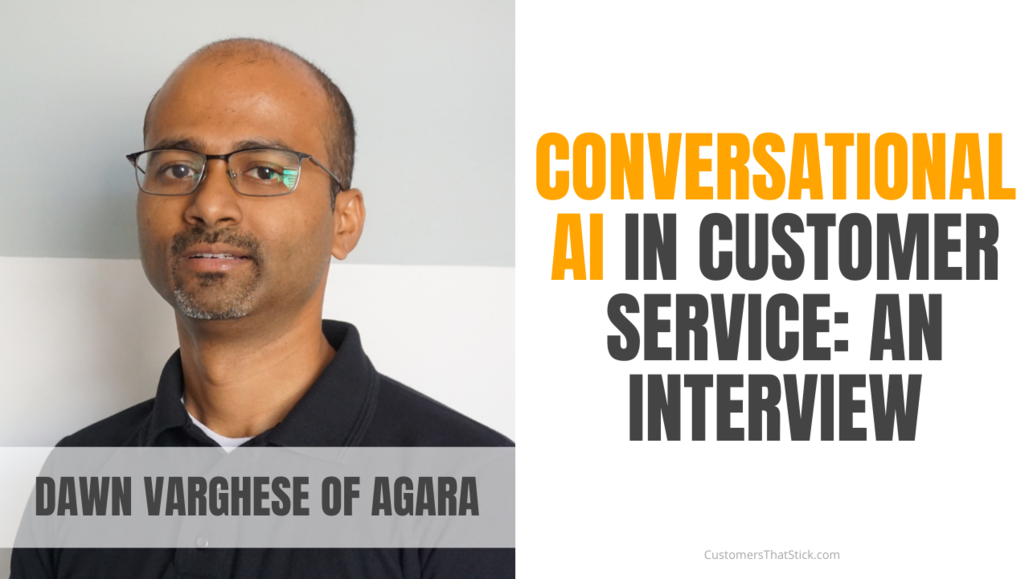

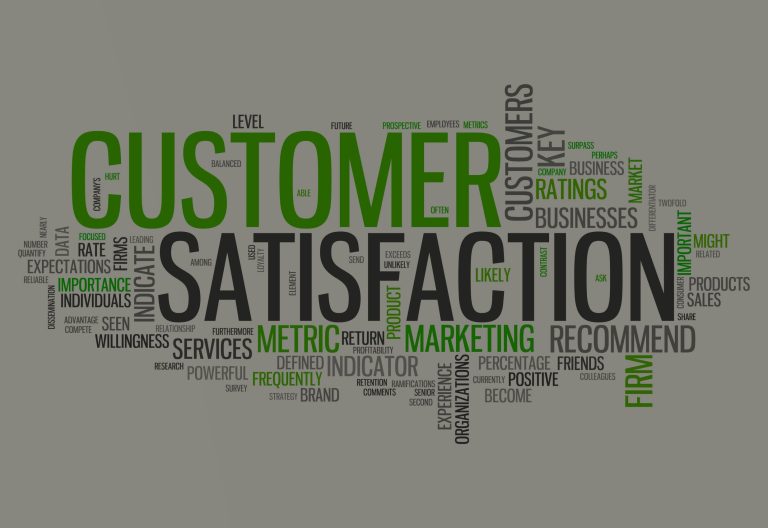
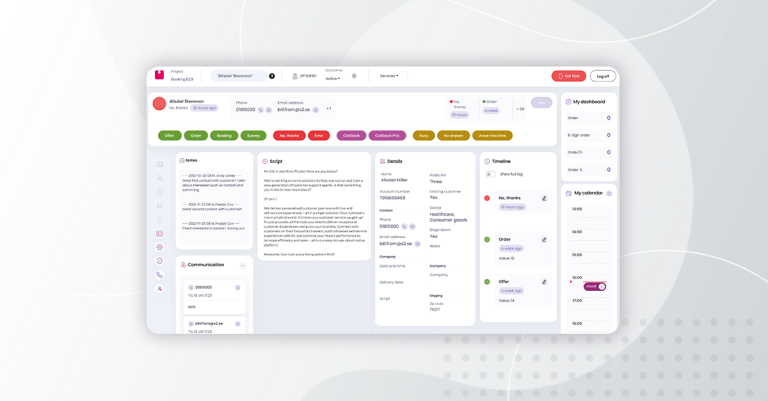

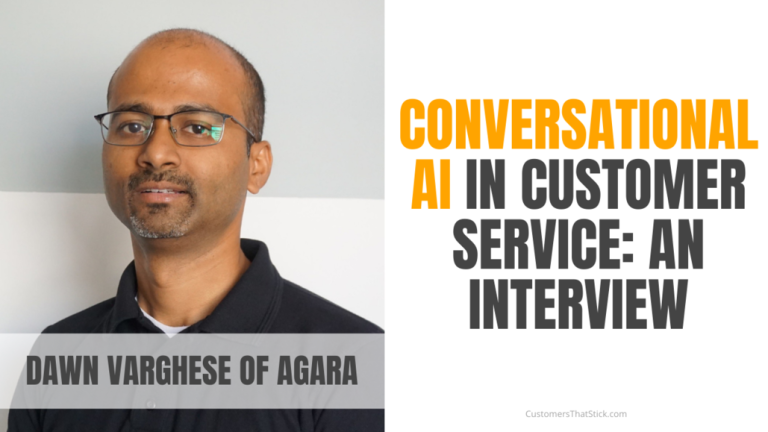
+ There are no comments
Add yours